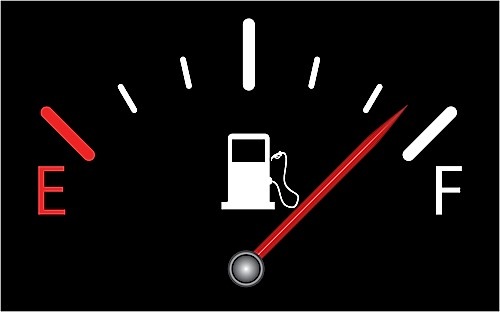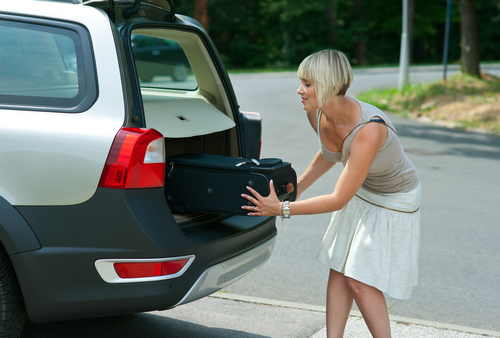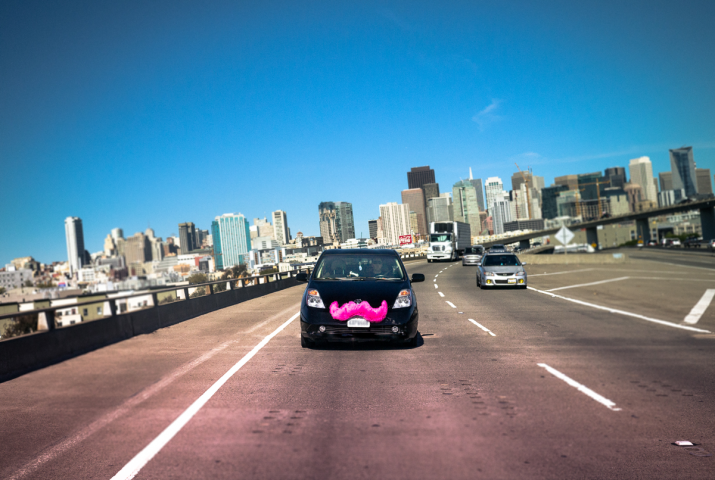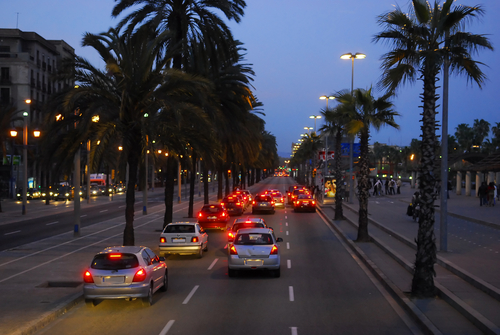Whether gas is $3.00/gallon or $5.oo/gallon, people are looking for ways to get the most out of every dollar they spend driving their cars. Some people believe that gas mileage can only be changed by purchasing a more fuel efficient vehicle, but that is not the case. We discuss five tips to help people achieve better gas mileage out of their current vehicles that do not cost a single penny! They are also things that drivers can begin doing right now to save money and obtain better gas mileage.
Remove Unnecessary Weight
The heavier the vehicle is, the more power it takes to get that vehicle moving. Excess weight inside the vehicle makes the car have to work harder to get moving, which burns up more fuel. We know people who always have their golf clubs in the trunk. Remove them. Anything that is in the trunk that is not essential for safety, or the day’s tasks, should be removed. Some people will go as far as removing the rear seats or spare tire to save some weight.
Turn Off the Climate Control
Running the air conditioning in a car requires the car to work harder. Around town, driving with the windows down and the air conditioning off can net a serious improvement in miles per gallon. Also, turning on the fan but not the air conditioning can help. Just make sure the “A/C” light is not lit. This means the fuel-sapping compressor isn’t running.
Make the Vehicle More Aerodynamic
For those that have pink mustaches on the front of their vehicles, or flags flying from the side windows, it would be a wise idea to remove them. Modern vehicles were designed in wind tunnels to make it easy for the air to flow around the vehicle. That helps make it more fuel efficient. Adding devices and accessories to the vehicle that obstructs the flow of that air can have a negative effect on overall fuel economy.
At highway speeds, make sure the windows are closed. Once the vehicle hits speeds of 55mph or higher, the benefits of driving without air conditioning are lost if the windows are down. Open windows suck the air flowing along the outside of the vehicle into the vehicle, creating drag. Aerodynamic drag requires the engine to work harder to maintain speed. As we already learned, a harder working engine requires more fuel to operate.
Be Mindful of Accelerating and Braking
Doing a burnout at every traffic light will dramatically reduce fuel economy. But accelerating too slowly can also have a negative effect on efficiency. A modern day engine is the most efficient at a certain speed or engine RPM. Accelerating too slowly causing the engine to operate longer where it is not the most efficient. Accelerate normally for the best results. Finally, when accelerating, pay attention to what is ahead. If a traffic light is red and the car will have to stop, accelerating up to the speed limit will be a waste of energy.
In order for a vehicle to stop, it utilizes several technologies. One of those technologies is the brakes. Brakes use friction, which generates heat as a byproduct, to slow the wheels down. That transfer of energy into heat is something that is not saved by the vehicle (unless the vehicle is a hybrid). Braking is also a result of acceleration. The energy that was used to get the vehicle up to speed is lost when the brakes are used to slow the car back down again. Ideally, one should never use the brakes, but that is not feasible. Thinking ahead, and using the brake pedal less often, will help preserve overall MPG.
When slowing down, all the engine to coast to a halt as much as possible. Modern engines use zero fuel when decelerating. However, if an engine is sitting in neutral or the car completely stopped, the engine needs to use fuel to prevent it from stalling out. Anytime the vehicle is moving without using fuel is a win for fuel economy.
Don’t Drive Like a Racing Driver
Some of the tips we’ve already discussed involve driving the vehicle more carefully and more smoothly. Driving aggressively is one of the biggest causes in loss of fuel economy. To prove this point, the folks at Top Gear aired a segment where a Toyota Prius and BMW M3 lap the test track. The Prius portion starts approximately 3 minutes and 30 seconds in.
Really, that is the lesson in all of this. Driving habits will have the biggest impact on fuel economy, and being mindful of that can net amazing results at the pump. The best part is that none of the changes require spending a single penny!





